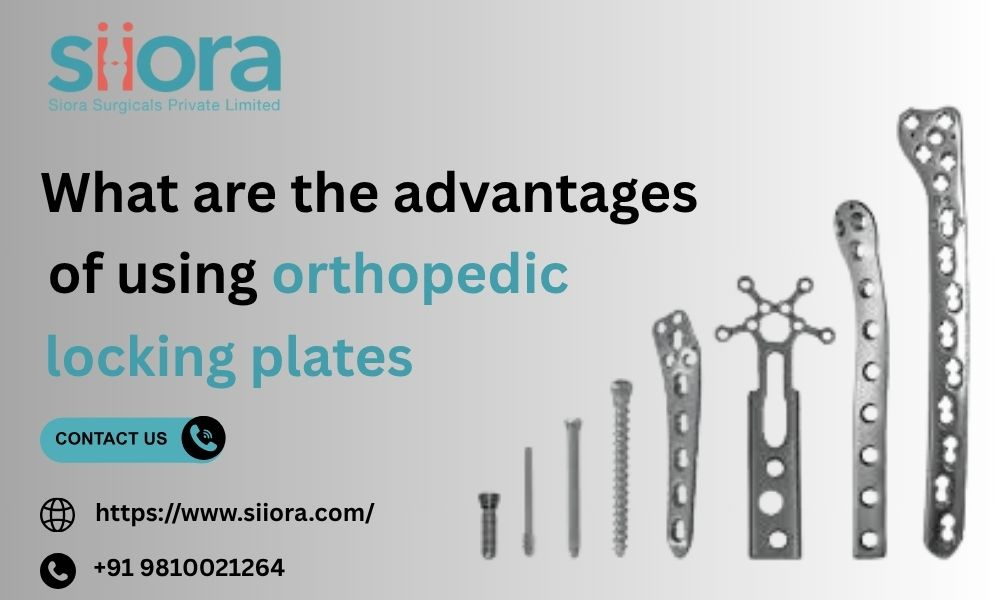
When it comes to treating fractures, the orthopedic world has seen remarkable innovations over the past few decades. One of the most significant advancements in fracture fixation is the development of locking plates. These devices have revolutionized the way complex fractures are managed, offering a higher level of stability and more predictable healing outcomes, especially in challenging cases.
But what exactly makes locking plates stand out from traditional fixation methods? Let’s dive into the advantages they offer and why orthopedic surgeons increasingly choose them for both simple and complicated fractures.
One of the most important advantages of locking plates is their ability to provide rigid fixation, particularly in patients with osteoporotic or weak bone. Traditional plates depend heavily on the friction between the plate and the bone surface, requiring good bone quality for success. In contrast, locking plates act more like an external fixator—each screw locks into the plate itself, creating a fixed-angle construct. This design offers better stability even in bones that are too soft or brittle to hold traditional screws effectively.
In orthopedic surgery, maintaining the blood supply to the bone is critical for healing. Locking plates are designed in a way that minimizes contact with the bone surface, which helps preserve periosteal blood flow. Since the plate doesn’t need to be compressed tightly against the bone, there’s less disruption of the surrounding tissue. This biological advantage can lead to quicker healing and lower risk of complications like non-union or delayed union.
One of the frustrating complications of using standard plates is the possibility of screw loosening, especially in patients with poor bone quality or in high-stress fracture areas. Locking plates virtually eliminate this issue because the screws are threaded into the plate, forming a single, stable unit. This "fixed-angle" stability means that even under high stress, the screws are less likely to toggle or back out.
Fractures aren’t always clean breaks. In trauma cases, bones may shatter into multiple pieces (comminuted fractures) or break near joints, where surgical access and fixation are more difficult. Locking plates offer versatility in these complex scenarios. They can hold multiple fragments in place more reliably and can be shaped or contoured as needed, giving surgeons more options for secure and stable fixation.
Because locking plates distribute stress more evenly and don’t rely solely on the bone’s grip, they tend to have lower rates of mechanical failure. In high-risk areas like the distal femur or proximal humerus, where forces are substantial, this added mechanical advantage can be the difference between success and failure.
Thanks to the superior stability offered by locking plates, many patients can begin weight-bearing or rehabilitation earlier after surgery. Early mobilization isn’t just about convenience—it plays a huge role in preventing complications like muscle atrophy, joint stiffness, or even blood clots. Faster rehabilitation can lead to shorter hospital stays and better overall recovery.
Orthopedic locking plates represent a major leap forward in the world of fracture fixation. With advantages ranging from increased stability in weak bones to better outcomes in complex fractures, they have become an indispensable tool in modern orthopedic surgery.
However, like any surgical device, success also depends on proper surgical technique and careful patient selection. Locking plates are not a one-size-fits-all solution, but when used appropriately, they can offer better healing, improved function, and enhanced quality of life for patients recovering from bone fractures.
As orthopedic technology continues to evolve, innovations like locking plates remind us that healing isn’t just about fixing a bone; it’s about restoring mobility, independence, and confidence in life after injury.
For an advanced range of locking plates and other trauma implants, find top orthopedic medical device companies.